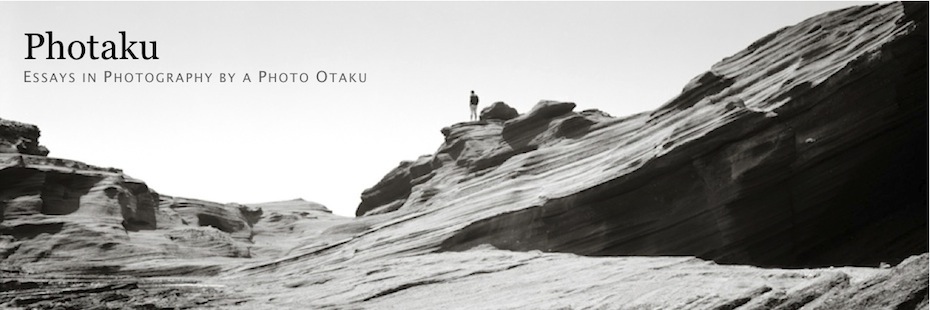Pyromania
Anything named “pyro” is potentially scary. For that reason — and reading about its toxicity — I had avoided processing film with any version of pyro, the base chemical of which is pyrogallol acid. “Acid” too is a scary word. But, given that it was 4th of July — Independence Day — weekend here in the American South, I thought that my tribute to the general pyromania being locally displayed in the form of grown and not-so-grown men lighting (ofttimes illegal) fireworks, would be to process some film in pyro, albeit a slightly easier version to deal with, John Wimberley‘s W2D2+.
For those of you not familiar with pyro, it was a standard developing chemical in the 19th and early 20th centuries, but fell out of favor once more stable and consistent modern developers were produced (pyro, among other things, oxidizes quickly and so could prove erratic). However, Wimberley and Gordon Hutchings, after experimenting with pyro in the 1970s and 1980s, came up with formulations that solved much of the inconsistency issues and a modern pyro revival — and cult — was born.
When I first started developing my own film a couple years ago and fishing through online forums for tips on this and that, I kept seeing references to “ABC Pyro” and “PMK-Pyro” and “Pyro 510” and “W2D2 Pyro,” usually with testimonies of how great it is but also with references to how one’s hands would be burned off and one’s eyes would melt if a drop of the stuff ever came in contact with you. Heck, I thought, I might as well do daguerrotypes and sniff mercury fumes. Actually, I exaggerate the tales of chemical burns, but still, the stuff is called pyro and it’s an acid. I already had had a bout of skin irritation from mixing metol. My impression from all the testimonies — which all seemed to contain generous doses of testosterone as well as pyrogallol — was that the threshold of Photographic Manhood passes through a bottle of pyro, preferably used for 8×10 or larger negatives. Well, I’m not up to 8×10 (yet), but I do have an Ansco 5×7 so perhaps I could join the ranks of Photographic Teenagehood.
The mystique surrounding pyro, besides its toxicity and its use in coming-of-age rituals, is that it is considered a staining developer, meaning that the negative image is stained (yellowish in the case of W2D2 on Efke film) in proportion to silver density, which, it is claimed, produces better tonality, highlight separation, and sharpness. Sandy King has written a nice explanation of all this here. That’s why some of those Group f/64 types I keep alluding to — notably Edward Weston — still used pyro when it was no longer fashionable. Well, it’s somewhat fashionable now, at least to some, so a while back I ordered some from Photographers’ Formulary, set it on a high storage shelf, and occasionally looked at the Solution A bottle (that contains the scary stuff), shuddering and imagining being rushed to the hospital in an ambulance as I watched my skin sizzle. And then I would grab the Rodinal instead.
Anyway, back to Independence Day weekend and my patriotic tribute. I did two sets of pyromaniacal processing, one in 5×7 and one in 4×5 and survived to tell the tale (and probably grew a few more hairs on my chest) as well. Since 4×5 is pre-adolescent size, let’s just look at the teenage-sized 5x7s, which I already posted on Flickr. That would be the mask series:
There are three more, but these three examples might give you some sense of the tonality and sharpness effects. For certain subject matter — particularly in a straight-shooting mode on objects with small details — I can see the benefits. I think it looks very good for these mask shots. But I will only be using pyro on special occasions, such as Independence Day, Edward Weston’s birthday (March 24), and anytime I feel insecure about my masculinity.
Musings & Experiments
- Collodion Bastards and the Indian Connection
- Microtypes
- Figalotypes
- R.B. Graflex Series D Lens Catalog
- The R.B. Graflex Series D Restoration Project
- Worldwide Pinhole Photography Day 2012
- It’s Official: I’m a Large Format Whore
- A New “Book” Project?
- No Longer a Kodak Shareholder
- Kodak Restructures and Brings My Shares Back to Break Even
Latest Flickr Post








